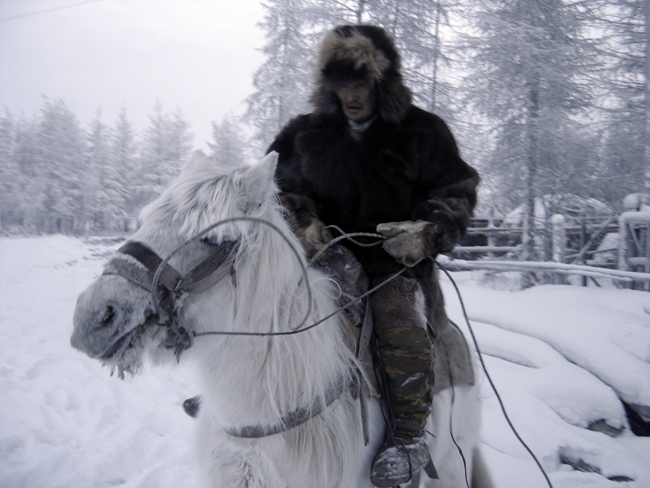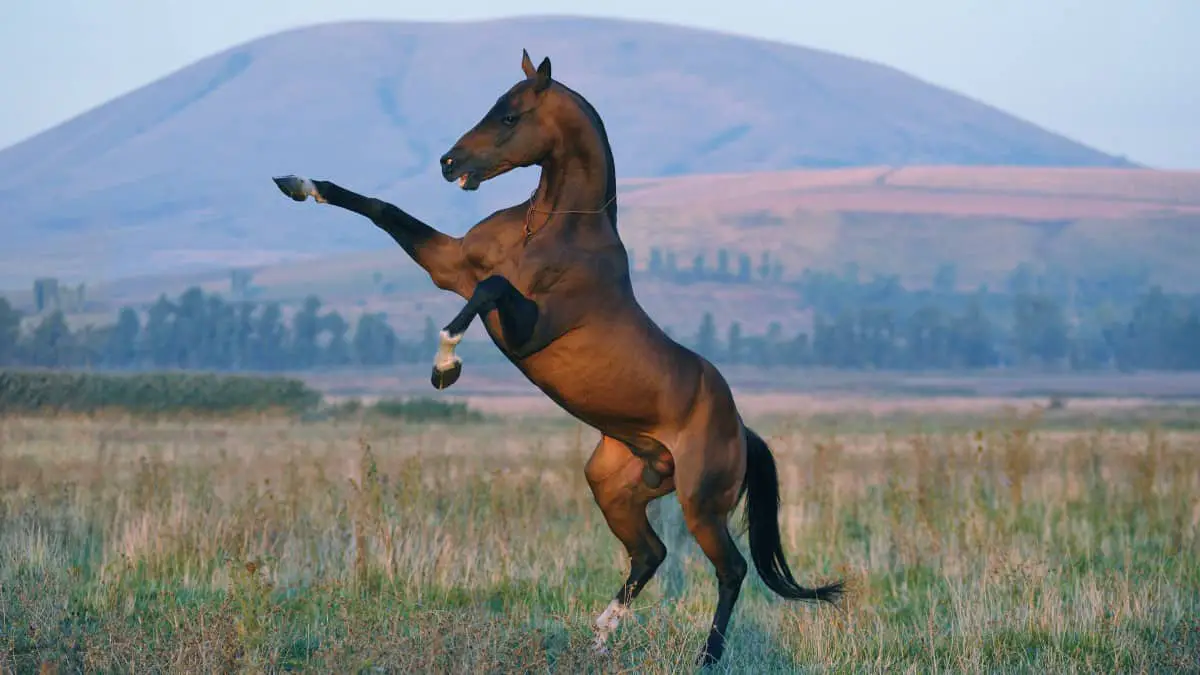It depends upon the period. In the feudal period, armored horsemen were the dominant factor on the battlefield. In the medieval period you saw the evolution of infantry formations that, so long as they held their ground, were immune to cavalry. As the decades roll on, horsemen devolve further and further in power and utility.
The thing is, a horse is not a 'murder machine'. It is a beast prone to many ailments, expensive to raise and maintain, and inclined to self-preservation. Horses generally will not, unless intensely trained, trample or even step on a person.
You need to hit the books there, friend... you left out their normal attack modes - kicks and bites. Thoroughbreds and Arabians are notoriously "hot blooded" and will readily attack with hoot, shoulder, and teeth at any startle or provocation. Many breeds will readily attack humans who startle or scare them, or appear threatening, or who use pain to motivate them.
Last time I was at the stable, the stallion was more than happy to push his groom around physically. (I think he was a Clydesdale - withers at my nose, so about 5'5", able to rest his head on mine - I was there for the Icelandic mares in the next stall. Sure, he didn't
step on the groom, merely shoulder or hip check him into the railings. I had to hand-twitch¹ him to back him off of me while I was harnessing the icy... once; he had been batting me atop the head with his chin. He never again hassled me after I grabbed his lip. But he pushed his groom about mercilessly.)
I know a few jousters, too... their horses have no compunctions about pushing people about. At least, as long as the person doesn't push back. Or twitch¹ them, Or take their reins. If their normal rider or groom hands off the reins, they tend to behave as long as the owner or groom is around.
Horses are not safe to be around unless very well trained, and the horse knows you, or has a groom, rider, or other known person with. Even then, a horse can accidentally injure one quite easily; most horse-caused injury is accidental.
A few decent links:
"This may have been one of the worst accounts of horses turning into carnivores, but it’s not the first. There have been many written accounts of horses
thehorseaholic.com

horsecrew.com
Want to know what horse breed is the most dangerous in the world? Our simple guide tells you more about the dangers of horses and riding.

amazinghorsefacts.com
¹: Twitch - v. To grab a horse's upper lip and squeeze, usually with a loop of rope on a stick, sometimes by bare hand. The latter is risky; if you miss, you may get bitten.



